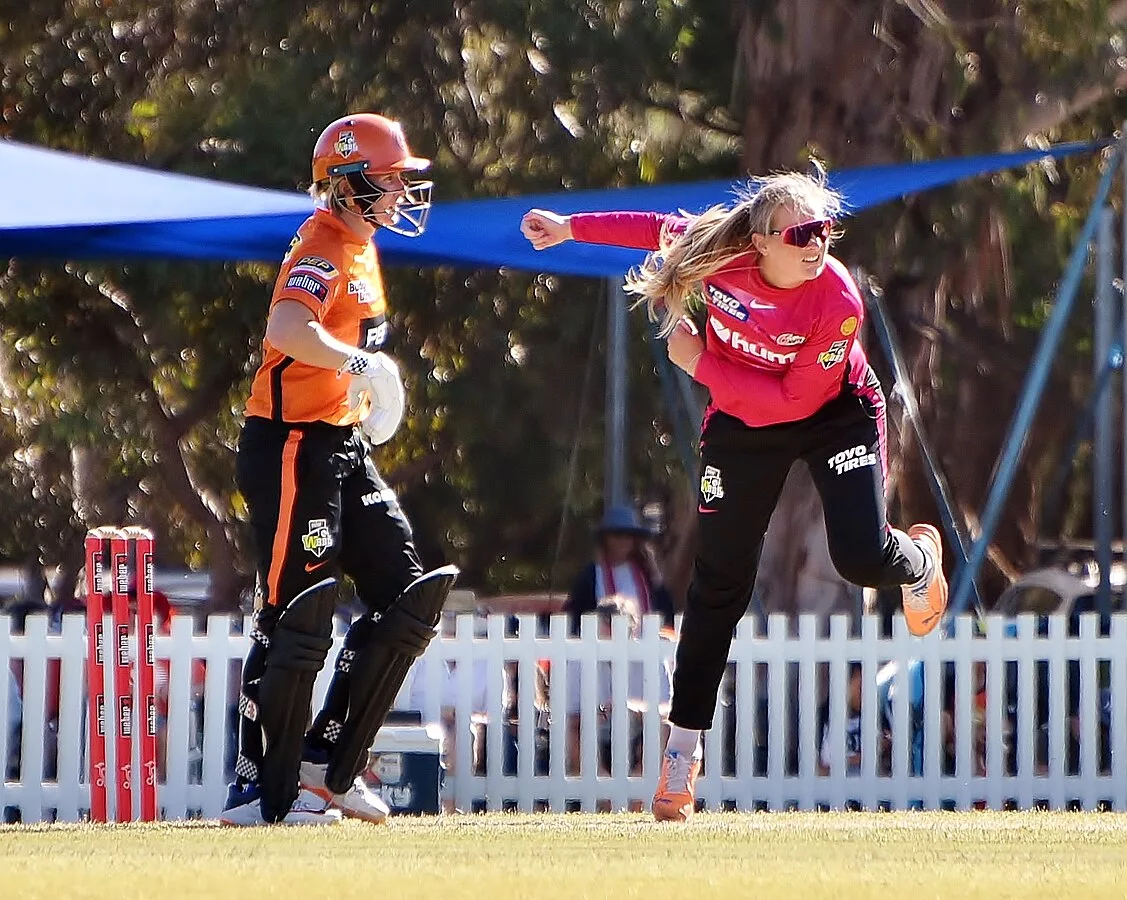Lunch, cherries, and tea. Three words perfectly befitting of a quaint high-street café, yet curiously suited too, for English cricket. Nothing evokes the game’s charming essence more than its peculiar language, or its endearing reliance on food breaks. When we hear the word ‘cricket’, we so immediately turn to images of Lord’s with its manicured lawns and picture-perfect stands, or to village squares adorned with two sets of eleven in loose-fitting whites, that it is clear just how strong the sport’s image of tradition is.
What we don’t immediately think of when we hear the words ‘English cricket’ is modernity, forward-thinking, or a willingness to change. But maybe we need to. Underneath this seemingly picturesque image of English cricket lies its sobering synonymity with widespread and deep-rooted discrimination. Following the Yorkshire County Cricket Club racism scandal that erupted in 2021, this June saw the Independent Commission for Equity in Cricket (ICEC) publish their investigations into racial equality, gender equality, and social equality in English cricket. The findings were damning, identifying “widespread and deep-rooted” issues of racial discrimination, elitism, and structural problems faced by those attempting to get into cricket. Cindy Butts, the ICEC’s chair, stated that “discrimination is both overt and baked into the structures and processes within cricket, the stark reality is cricket is not a game for everyone”.
Nearly a decade since the England and Wales Cricket Board (ECB) launched their This Girl Can … play cricket campaign, the ICEC’s findings put a stark emphasis on the deep-rooted sexism that still underlies English cricket. It stated that women were “not even nearly on an equal footing with men within the sport today … evident both from the lived experience of professional and recreational women cricketers and from the structural barriers that women continue to face”. The report identified “significant investment disparities” between genders, a prevailing “culture of misogyny”, and a lack of “proper representation amongst the highest level of decision-makers”, no doubt exacerbated by the societal context within which the sport exists.
The report was damning. But, in issuing an unreserved apology for its failings, and in pledging to respond to the ICEC recommendations for change, the investigations have been a “seminal moment” for the ECB.
There is one glimmer of hope in this bleak shadow though: The Hundred.
The implementation of The Hundred has had a startlingly transformative effect on women’s cricket. Initially seeming like a corporate afterthought, with the women’s matches rather siloed away from the ‘main’ men’s event, The Hundred was not without its faults. Yet the unlikeliest of catalysts – the Covid-19 pandemic – blew these plans out of the water, forcing male and female teams of the same franchise clubs into the ‘Bubble’.
It had an instant effect on cricket equity. The one-club two-team set-up of The Hundred gave rise to double-header fixtures, with games played at the same major stadiums, featuring the same half-time entertainment, and the same commentary crews. Suddenly, the Michael Vaughan’s and the Kevin Pietersen’s of the cricketing world began to commentate on women’s matches too, driving up viewership through their large online followings and offering a ‘credibility’ to the women’s game that it previously lacked. Becoming a fan of the London Spirit meant becoming a fan of both their teams, a coupling reinforced by the gender equal promotional material: if Jos Buttler was featured in a social media advert, so too was Sophie Ecclestone.
The Hundred has helped tackle financial discrepancies across genders too. The ICEC reported that for every £5 spent on the men’s teams, the women’s teams received just £1, and in overall remuneration England men received 13 times the amount paid to England women. The competition has committed to equal prize money and has led to increased opportunities for female sponsorship and funding, although the tournament’s salary cap still remains disparate between genders, and is not yet financially capable of sustaining itself. The ECB’s £25 million annual investment pledge has furthered this positive change, reducing first-class county pathway costs by 36% for girls and 28% for boys.
As such, the face and the audience of the game is changing. More women on free-to-air TV has increased female participation, with 30% of tickets for the 2023 Hundred being sold to women, and 23% to children. The year prior, women made up 31% of a 14.1 million TV audience, 42% of which hadn’t watched any other ECB cricket before The Hundred. This was a dramatic uptake in numbers – 5.9 million new viewers to be precise.
The progress doesn’t stop there; alongside this audience diversification, female participation at grassroots level is also improving. According to ECB figures, over one million girls in more than 7,000 schools have now played the game since the This Girl Can … play cricket campaign launched, and the number of cricket clubs involved in developing women’s and girls’ cricket has increased from 93 to more than 615 in over a decade.
Clearly, there is still work to be done, but the face of the game is rapidly changing and the oft besieged Hundred is right at the core of it.



